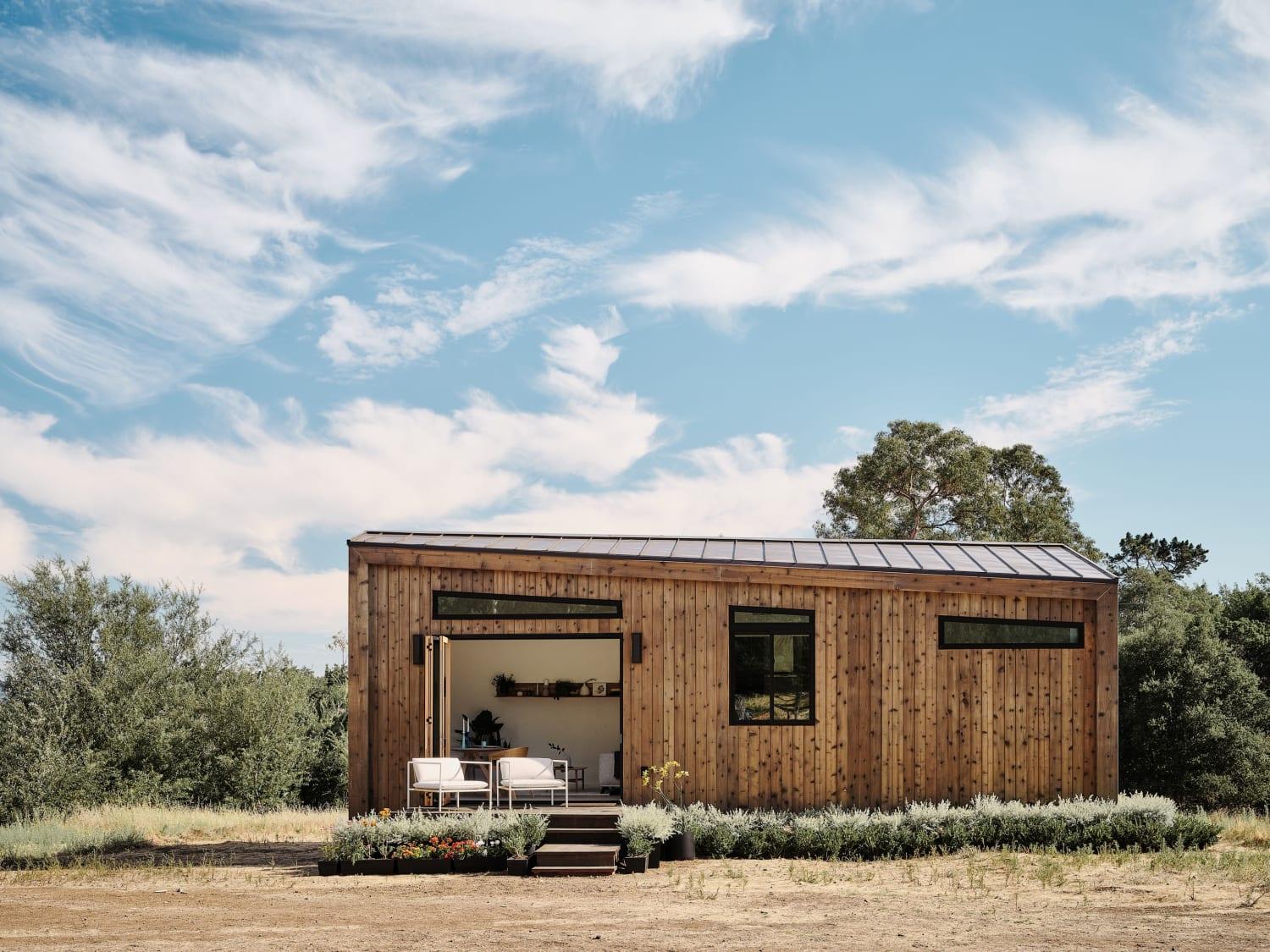Limited time: up to $15,000 off your Abodu.
See detailsSB 9 and ADUs: A Guide for Homeowners

Abodu
Abodu Team
California recently passed Senate Bill 9 (SB 9), a law that offers creative real estate strategies to address the state’s housing crisis. Here’s what California homeowners need to know about this new law, and how it affects property owners interested in adding an Accessory Dwelling Unit (ADU).
What is SB 9?
SB 9, known as the California Housing Opportunity and More Efficiency (HOME) Act, gives California homeowners the ability to have more than one housing unit on lots that were traditionally reserved for single-family homes. The aim of this law is to promote housing affordability in suburban neighborhoods and create new homeownership opportunities, particularly for first-time buyers. For homeowners, adding units to their property has several benefits — it provides an additional source of income in the short-term, and increases the value of their homes in the long term. This gives more families the opportunity to build generational wealth, which helps increase social mobility and combat inequity across the Golden State. SB 9 also creates variety in the California housing market, providing more affordable options to meet today’s renters’ needs. As a result, neighborhoods in California will become more inclusive as more types of homes become available.
Examples of SB 9 in practice
SB 9 allows single-family homeowners to split their lot into two lots and build up to two homes on each lot. The law applies to homes that are currently zoned for one residential unit. After splitting their lot, there are four ways homeowners can apply SB 9 to reconfigure their property:
- One single-family home in each lot (two housing units total) One single-family home in one lot and a duplex in the second lot (three housing units total) One duplex in each lot (four housing units total) * One single-family home and one ADU in each lot (four housing units total) #### Is my property eligible for SB 9? Before you start drawing up plans, make sure your property meets the criteria for SB 9. Lawmakers put a number of restrictions in place in SB 9 to protect California’s communities, tenants, and historic districts — and prevent big-time real estate developers from buying up all of the single-family lots. These restrictions include:
- 400 square foot minimum: Each resulting lot must be at least 1,200 square feet after the split. *60/40 split: The split lots must be about the same size, with a maximum ratio of 60/40 (e.g., a 10,000 square-foot lot must be split into 6,000 and 4,000 lots or more equal). *Owner occupied: Homeowners must sign an affidavit saying they will occupy one of the units as their primary residents for at least three years. *Protecting tenants: Homeowners cannot demolish or alter affordable or rent-controlled housing that has been occupied within the last three years. *No short-term rentals: The units cannot be used for short-term rentals; rental terms must be at least 30 days. *Maintain 75% of exterior: Homeowners cannot demolish more than 25% of the original structure’s exterior walls, unless it has not been occupied within the last three years. *Conserving historic homes: Historic districts or property listed as historic landmarks cannot be used for new developments. *No office space: The split lots must both be used as residential space, and every new structure built must include a kitchen, a bathroom, and a place to sleep. *Zoning compliance: The units must comply with local zoning and design standards for building height, safety, etc. Many local governments in California have started to pass local procedures and additional requirements for SB 9 projects, so homeowners should look at their local SB 9 ordinance in addition to the state bill to make sure their property qualifies. #### What does SB 9 mean for ADUs? SB 9 makes it easier for single-family property owners to build additional housing units, including ADUs. Because of their relatively simple and affordable construction process, ADUs allow homeowners to quickly increase their property value by adding square footage. Homeowners can also add a new income stream by renting out an ADU, or provide housing for loved ones. Wondering how to add an ADU to your property? Abodu simplifies the process, providing concierge-level service throughout all phases — from permitting and design, to construction, delivery, and installation. Our collection of prefabricated studio, one-bedroom, and two-bedroom ADUs are designed by world-class architects and include premium, customizable features. And because we work with cities to pre-approve our permits, Abodu can deliver drastically shorter project times. As a result, a typical Abodu full-service ADU project takes 4-12 weeks for permitting, and around 6 months to complete. #### Ready to get started? Get in touch! Abodu currently offers our full service in the greater San Francisco Bay Area and Southern California,. To find out if we can add space at your place, please fill out the Abodu contact form here and we’ll be in touch. Share on facebookShare on Twitter(https://www.facebook.com/sharer/sharer.php?u=https://www.abodu.com/2022/06/28/sb-9-and-adus-a-guide-for-homeowners)
